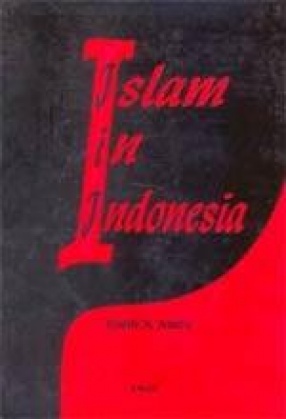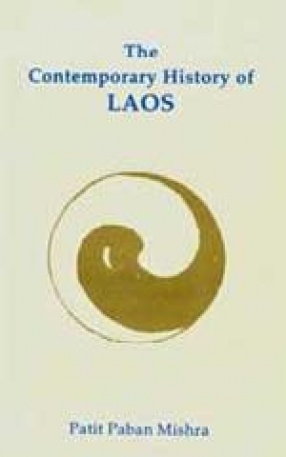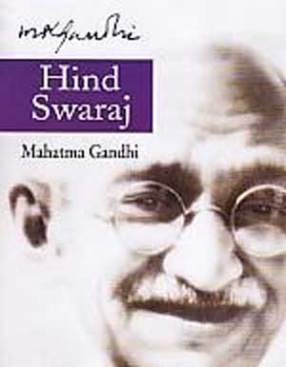The monograph offers an illuminating study of Islam in Indonesia in seven deeply probed sections. It locates major Islamic issues in socio – cultural and historical contexts of the archipelago constituted by more than 13000 islands of which 6000 are inhabited by over 300 ethnic groups and tribal minorities speaking some 150 languages and dialects. How the island of Java alone, sheltering half of the national population, dominates over the rest of the archipelago and lends special favour to the Islamic world of Indonesia is lucidly explained here. What forms the kernel of this study is the interplay between istana, palace of the ruler, marking the centre of power and Umma (or Ummat) representing all those persons who accept the “will of God†as expressed in the sharia or the Islamic law. It is a brilliant intellectual effort to understand Indonesian Islam as a paradox between deeply divided view of an endogenous istana infused with nationalistic and developmentalistic fervour and an exogenous Ummat infused with revivalist and conservative moral vigour. The three main religious strands of Javanese Islam – Agama Java or the Javanese mysticism, Snatri or orthodox Muslims and Priyayi or syncretic religionists – have been articulated to understand the uniqueness of Islam in Indonesia. Though Indonesians are typically of Sunni persuation, predominant Javanese mysticism has shaped a tolerant Islam, which, unlike the rest of Islamic world, accepts non-Muslim people as full members of the nation state. Insightful observations have been made regarding the non-governmental Muslim organizations as opposing forces in Indonesian Islam – muhammadiyah founded by modernist Santri in 1921 and Nahdlatul Ulama (NU) or the Revival of Islamic Scholars founded by conservative Santri in 1926. It has been convincingly argued that Sukarno’s philosophy of Pancasila rejected the demand of an Indonesian Islamic state. As a result Indonesia neigher remained a secular state nor an Islamic state. It became a state of religions, eager to uphold Indonesian pluralistic society and ethos. An innordiante place of importance occupied by the Muslim youth organized under several Islamic banners and their role in Islamic revival are the themes central to the narrative developed here. Centering the narrative around the recent events – the abrupt fall of thirty two – year-old Suharto regime in May 1998 and accession of Megawati Sukarnoputri to power (2002) after two successive presidents, B.J. Habibie and Abdur Rahman Wahid – the monograph examines Indonesian Islam at the threshold of twentyfirst century, overwhelmed by political and economic stress. Though the Indonesian tradition of tolerance has suffered in the aftermath of two horrendous terror acts – the Bali bombing 2002 and the Jakarta bombing 2003 – the present study reveals unusual intellectual leadership available in the country, capable of reformulating Islam into a progressive, democratic and responsible ideology to uphold a pluralistic society. The monograph provides rare insight in the predicament of Islam in the new millennium and offers and indispensable reading for every student of Islamic civilization.
Islam in Indonesia: Indonesia Raya, Istana and Umat in an Obscuring Imperial Order
In stock
Free & Quick Delivery Worldwide
reviews
Bibliographic information
Title
Islam in Indonesia: Indonesia Raya, Istana and Umat in an Obscuring Imperial Order
Author
Edition
1st ed.
Publisher
ISBN
8190351001
Length
iv+59p., References; 28cm.
Subjects





There are no reviews yet.